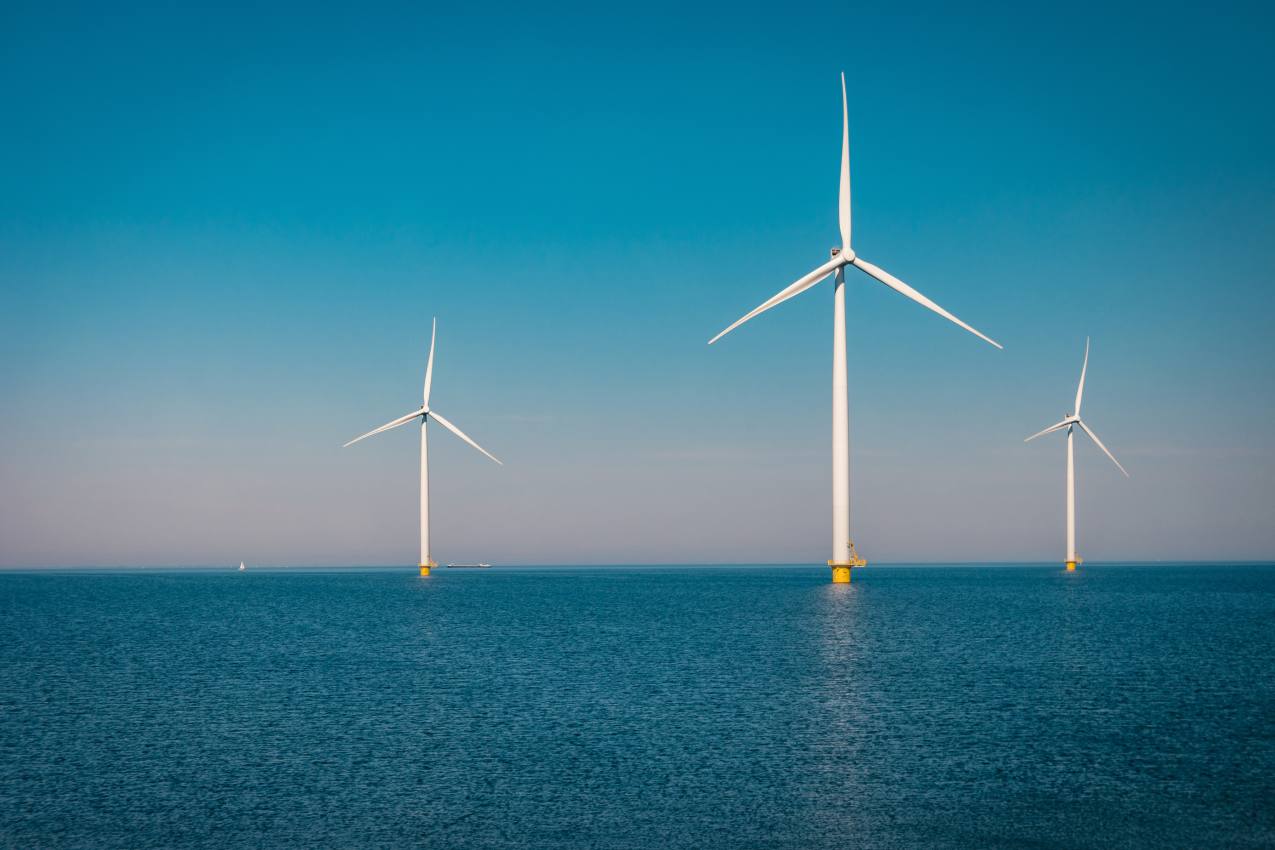In recent years, investment in all areas of renewable energy has risen rapidly as mankind, around the world, attempts to clean up its act and move to less harmful forms of power generation and consumption. There is still a very long way to go, so for investors there are plenty of opportunities to participate in and support this transformation.
The VT Gravis Clean Energy Income Fund invests in companies listed on stock exchanges in OECD countries which own operational renewable energy assets, with long-term visibility over cash flows, e.g. companies at the heart of the transition to a low carbon economy. Whilst the business model for the generation of electricity from renewable energy sources is relatively simple, there are many aspects of the sector which are worth exploring and understanding. In the coming weeks Will Argent, Fund Adviser to the VT Gravis Clean Energy Income Fund, will explore five aspects underpinning the renewable energy sector and broader decarbonisation theme, beginning with Power Purchase Agreements (PPA) which underpin the income arising from many of these assets world-wide - adding significantly to the dependability of the dividends paid by the Fund.
A PPA represents an agreement between a power generator and their customer (an off-taker) – typically a utility company or other large corporate entity - for the sale or purchase of electricity outside wholesale markets. The PPA will define the commercial terms between the generator and the off-taker, including the schedule for delivery of power, pricing, and ultimate termination of the agreement – the term of which could be as long as 20 years or more.
Although PPAs are not a new concept, their use has grown rapidly in recent years owing to increased adoption of renewable energy. Firstly, as the economics of renewable energy generation have become competitive with conventional forms of power generation, governments have phased out many of the subsidy schemes (Feed in Tariffs, Renewable Obligation Certificates etc.) that initially primed the renewables industry. To underpin the investment required to develop a new renewable energy asset without any form of subsidy and to shore up the financial validity of the project, a power generator will seek to structure a PPA around the asset in order to secure a long-term and stable revenue stream, and to reduce sensitivity to spot power prices. Spot power prices can be volatile, so the PPA reduces an element of uncertainty for both the generator and purchaser, over the long term. Secondly, a growing cohort of corporate entities (and utilities) is seeking to purchase more power from renewable sources as part of their commitment to reduce emissions and build more sustainable enterprises. Multinational tech giants including Amazon and Google have joined large industrial and high-intensity users of electricity such as Siemens, Rio Tinto and Akzo Nobel (historically the main corporate users of PPAs) in building portfolios of renewable energy assets and entering into agreements to buy power directly and indirectly from independent renewable energy generators.
PPAs may be structured in different ways, with flexibility in length of contract, the delivery profile, or the volume to be delivered, for example.









